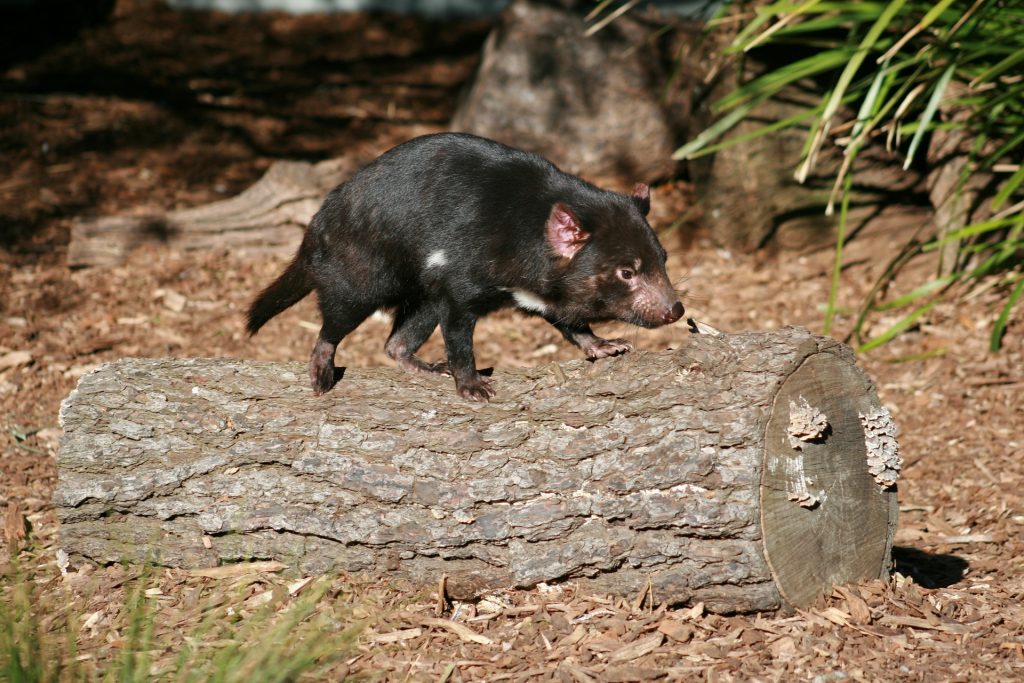
Road users are reminded to be aware of dispersing juvenile Tasmanian devils as they roam the landscape, including roads, in search of a home range of their own.
Young devils are on the move between late spring and summer and drivers are asked to slow down, especially between dusk and dawn when devils are most active.
Roadkill is the biggest threat to the survival of Tasmanian devils after Devil Facial Tumour Disease (DFTD) and the warning coincides with the lead into Tasmania’s peak holiday season.
To help the Save the Tasmanian Devil Program determine the effect of devil roadkill on populations across the state, monitor the spread of DFTD and develop mitigation strategies, devil road deaths can be reported to the Devil Hotline 0497 DEVILS (0497 338 457).
With its windy roads and good devil populations, the Huon and Channel area is one of the worst areas for devil roadkill, with more than 90 road-killed devils reported to the Save the Tasmanian Devil Program since the beginning of 2016.
The Channel area is also the only known range of a second type of DFTD which has only recently been detected. Because of this, we are asking people who see dead or injured devils in the Channel area to call the Devil Hotline immediately, so we can collect and check the animal for signs of disease.
And remember, if reporting devil roadkill please put your own safety first. Stop and observe the animal only if it is safe to do so; and never handle a Tasmanian devil.
For more information about the Save the Tasmanian Devil Program’s Roadkill Project please visit www.tassiedevil.com.au/roadkill.
View and download the map of road-killed Devils in South Eastern Tasmania since 2013.
